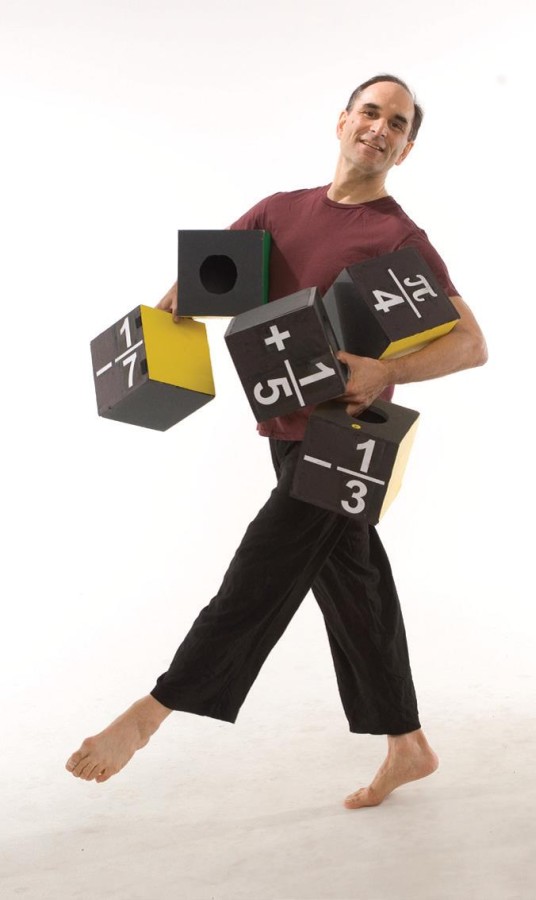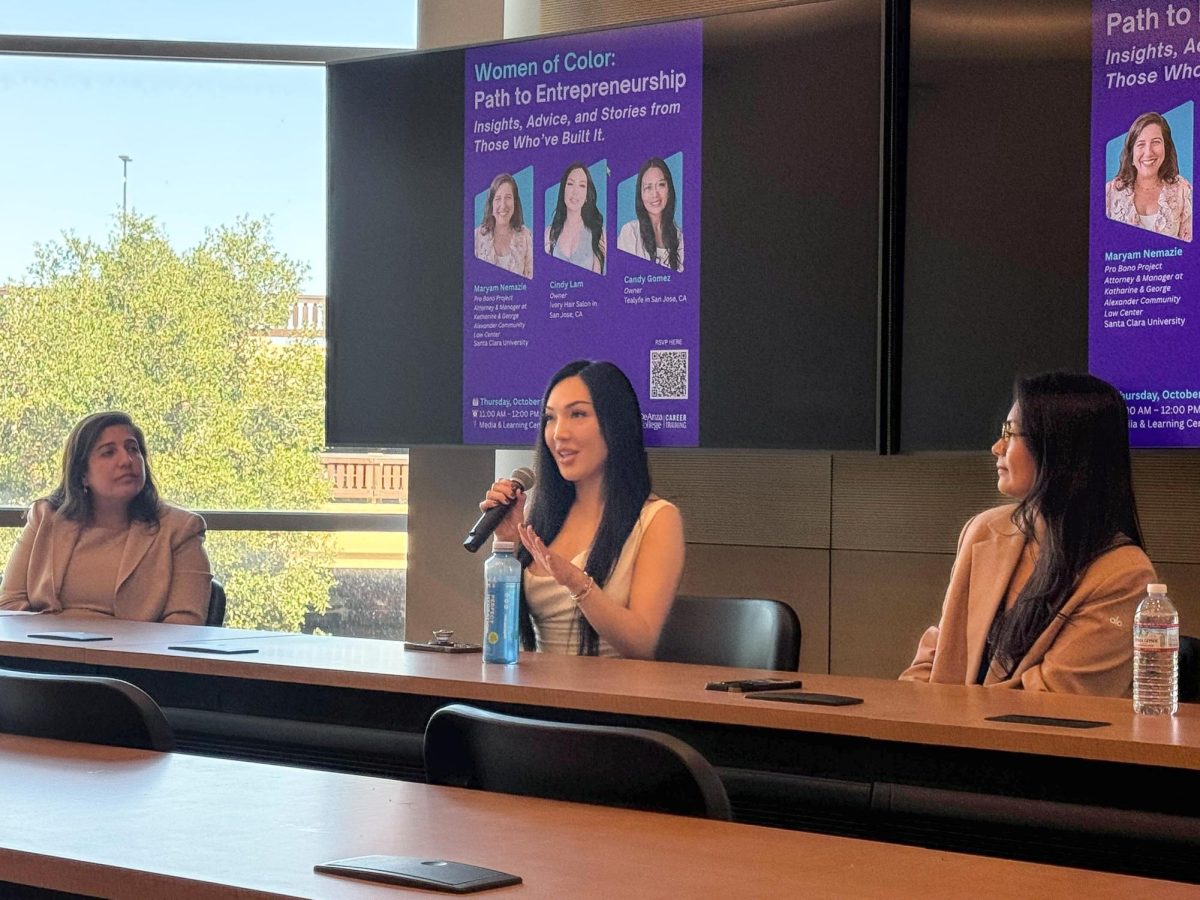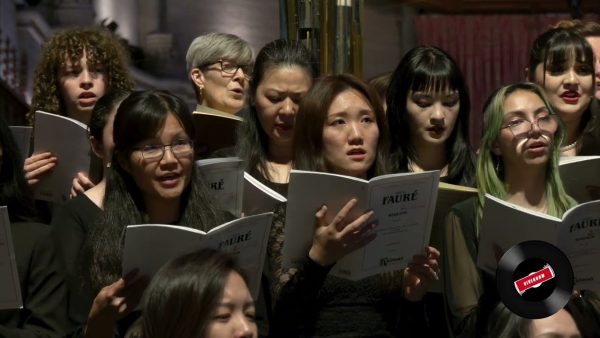Karl Schaffer; hard working math professor and dance choreographer
June 1, 2014
Karl Schaffer is fascinated with the connections between ideas and movement.
Schaffer is a math professor at De Anza College and a dance choreographer whose creative experiments have taken him both to the stage and to the classroom.
Schaffer, along with Erik Stern, has a dance company in Santa Cruz, California called the Dr. Schaffer and Mr. Stern Dance Ensemble.
What is it like to be a professor and a choreographer simultaneously?
I love doing both: being a mathematician and math teacher and also being a dancer and choreographer. Here at De Anza, I wear the mathematics hat, but my daily life is actually split between the two disciplines. For the past 20 years, I’ve also been fortunate to be able to combine math and dance in a number of unusual ways: the dance company I co-direct does performances that link dance and mathematics in surprising and playful ways. I travel a lot, teaching workshops for educators, students and artists on how dance can be combined in the classroom and on stage, and in recent years I’ve been writing articles on the connections between dance and math.
What is going on with your dance company at the moment?
The other co-director of the dance company, Erik Stern, and I are on the Kennedy Center for the Performing Arts Teaching Artist Roster for its Partners in Education program for our math/dance work, and that has led to guest workshops and residencies around the country.
Do you perform out of California?
During the next year, we’ll be teaching and performing in Korea, Iowa and New York.
What or who inspired you to become a choreographer?
I started choreographing soon after becoming a dancer, and have always enjoyed this creative part of the art form. One of my early teachers and a dance hero for me was Daniel Nagrin, famous for his solo dances. I’ve been fortunate to have a number of excellent dance teachers who believed deeply in the importance of having their students speak and create through dance.
What do you like to choreograph?
I think any idea, concept, emotional topic, or story can be the subject and content for dance, though it can take a lot of work and effort to do this in a way that is revealing and engaging for the audience. For example, a show we performed a couple of months ago was about the lives of women mathematicians throughout history and their struggles to create groundbreaking mathematics. Often people are not aware that many, many women have been important mathematicians, or that mathematics can be visually and kinesthetically exciting, and so that show challenged a number of stereotypes. We portrayed the women’s stories and also their mathematical work in a variety of ways including story telling and theater. My work and that of our company often includes text and theatrical elements, as well as highly physical and exciting movement goes through some kind of struggle on stage.
Generally, what are your interests?
My interests go somewhat beyond math and dance and often include issues of social justice. For me dance is a way to speak about the world, and I believe the arts can help bring about positive change.
For me, dance has been a vehicle for speaking truth and exploring emotionally charged topics as well as for exploring interests in mathematics.
Schaffer’s dance concert “Mosaic,” will be held at De Anza’s Visual and Performing Arts Center on June 4 at 1:30 p.m.
























